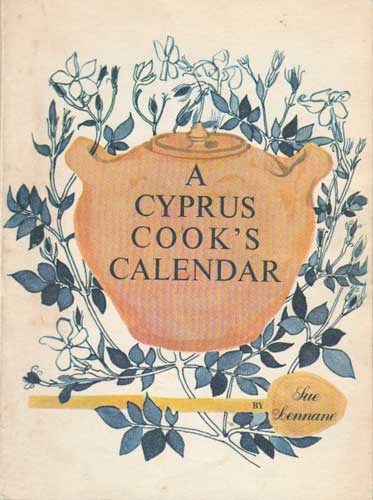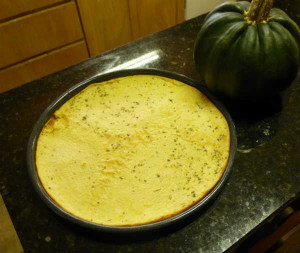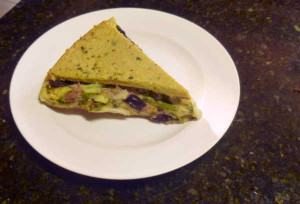
I love Mediterranean cuisine and when our weather here in Uruguay (Southern Hemisphere) changes from the hot days of summer into the cooler days of fall, into winter, I find myself wanting warm comfort food. The kind of dish that cooks slowly in the oven for hours (until the meat falls off the bone) with the sweet smell of rosemary, oregano, or wild marjoram wafting in the air, Mediterranean style.
When I lived in Cyprus in the early 70s, I had a wonderful cook book titled “A Cyprus Cook’s Calendar.” It was written by a British writer, Sue Lennane, for the British Forces Broadcasting Service in Cyprus in 1969. A delightful month by month cook book, it provided recipes based on fruits and vegetables available and in season. I used it often and was sad to lose it, along with everything I owned, following the Cyprus War in July 1974.
Years later, while living in Frankfurt, Germany, a friend who was my neighbor in Cyprus, sent me a copy of the cook book (the original First Edition 1969). I was thrilled because it had so many of my best-loved Cypriot recipes in it.
One all-time favorite is a recipe for slow roasted lamb, called Tandir in Turkish and Kleftiko in Greek. Lamb Kleftiko, roughly translated, means stolen meat. Legends say that thieves would sneak onto a remote Greek hillside and steal a lamb or goat, and cook the meat for hours over coals in a hole sealed with mud to prevent steam escaping and alerting the shepherd who previously owned the animal.
In Cyprus, Kleftiko is cooked in a sealed earthenware pot with a narrow opening buried in the earth, with a fire under it, and left to cook very slowly for hours. Kleftiko pots are still sold in Cyprus. (See picture on the front cover of the cook book.) Since my Kleftiko pot was also left behind in Cyprus, I’ve reverted to using a large, deep casserole dish, covered with aluminum foil and a tight fitting lid.
Lamb Kleftiko (Serves 6)
Ingredients:
2 lb. lamb (a piece of leg or loin cut up)
salt and pepper
2 T. olive oil
oregano or wild marjoram
juice of ½ lemon
2 tomatoes, diced
1 cup red or white wine
1 large onion (peeled and cut into quarters)
1 T. peeled and chopped garlic
Preparation:
Place the meat and olive oil in the Kleftiko pot or casserole dish. Add the onion and garlic. Sprinkle with oregano, salt, pepper, lemon juice, and red or white wine. (A glass of wine is also recommended for the chef and any helpers.) Cover the top with aluminum foil and place the lid on top. Cook in a moderate oven, No 3, 325º, for 3 hours. Turn off oven and leave simmering for an extra hour.
Kleftiko is rustic, delicious, and finger-licking good. Serve over a bed of al dente pasta or rice. It’s extra delicious when served with eggplant ratatouille.
ENJOY!


